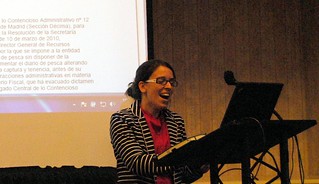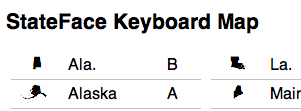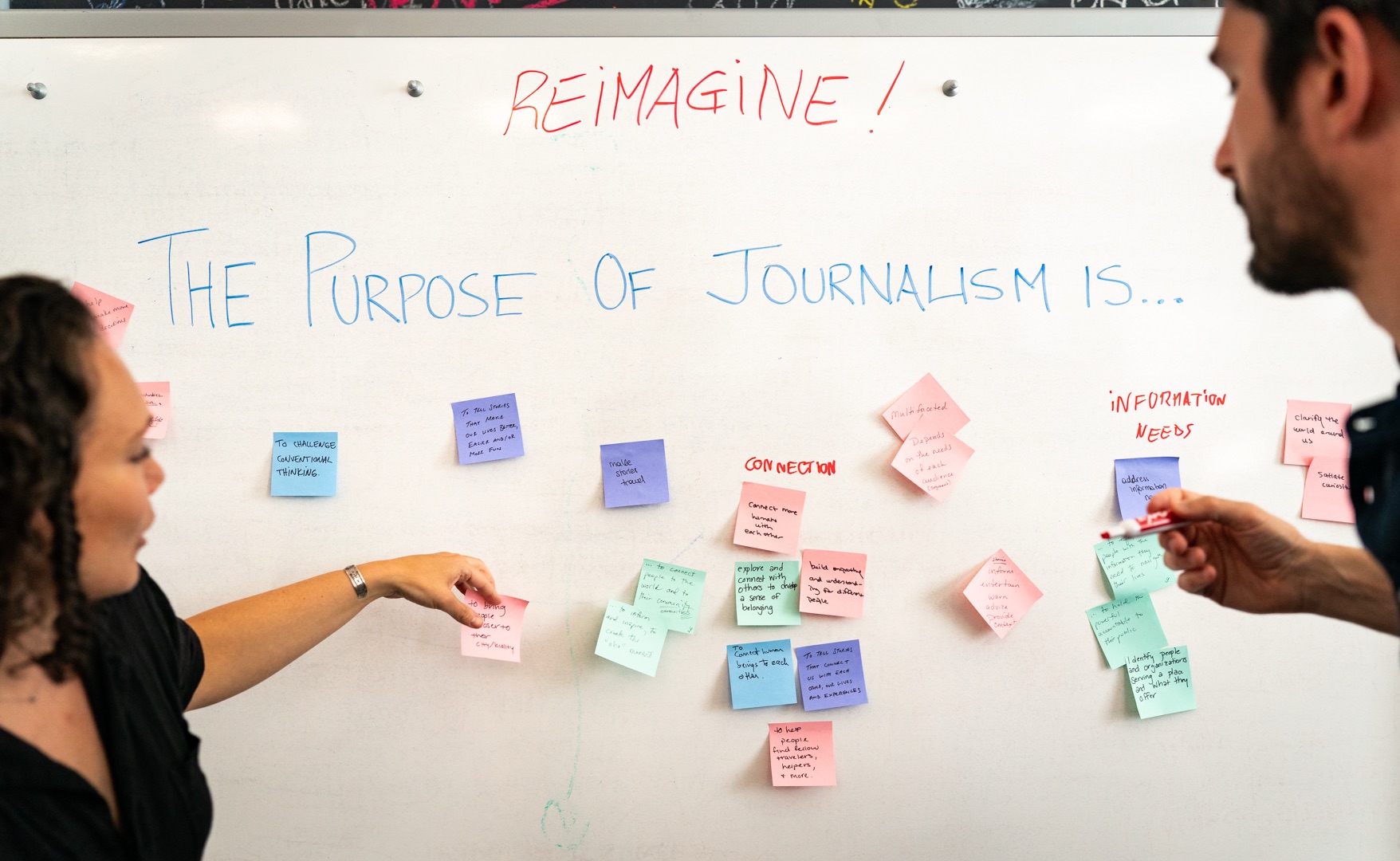It's not as though 2012 was the year in which a digital journalism community popped fully-formed into the world. However, looking back, there are some developments in our world which deserve to be called out. For this installment of our Moving the Needle 2012 series, we take a look at some of the best. As always, we expect we've missed a few, so please fill in the gaps in the comments below, or on Twitter using the hashtag #newsinno12.
 In February, Investigative Reporters and Editors (IRE) held their annual NICAR conference, this year in St. Louis. The conference takes its name from the National Institute for Computer Assisted Reporting, a subgroup of IRE which historically has supported journalists using data analysis to create their stories. In recent years, the organization has also become the hub for news application developers and others who work in diverse aspects of newsroom technology.
In February, Investigative Reporters and Editors (IRE) held their annual NICAR conference, this year in St. Louis. The conference takes its name from the National Institute for Computer Assisted Reporting, a subgroup of IRE which historically has supported journalists using data analysis to create their stories. In recent years, the organization has also become the hub for news application developers and others who work in diverse aspects of newsroom technology.
This year's conference, one of the largest ever with over 400 participants, was crackling with enthusiasm for new blood, new tools, and new techniques. Veteran members of NICAR report that the group has long been a gregariously sharing counterexample to the stereotype of secretive journalists protecting their sources and methods, and the newcomers fit right in. The conference was almost overstuffed with practical presentations and hands-on classes on all areas of technology-enhanced journalism, not to mention the great social interactions between sessions and in the evenings.
If you work in our field and haven't yet, join the NICAR-L mailing list to start getting to know the community, and consider a trip to Louisville for NICAR 2013.
 Another most exciting development was the launch of OpenNews Source, a digital review of "journalism code and the people who make it." While a number of news application teams and individual developers had set an example of blogging about projects and sharing their code, Source is stepping up the pace and increasing participation in very welcome ways. Editor Erin Kissane produces useful round-ups of work being done, and solicits first-hand accounts from maker journalists while their projects are fresh. I'm looking forward to all the great stuff that will have been documented in Source by this time next year, and not only because it will make the inevitable end-of-2013 recaps a little easier!
Another most exciting development was the launch of OpenNews Source, a digital review of "journalism code and the people who make it." While a number of news application teams and individual developers had set an example of blogging about projects and sharing their code, Source is stepping up the pace and increasing participation in very welcome ways. Editor Erin Kissane produces useful round-ups of work being done, and solicits first-hand accounts from maker journalists while their projects are fresh. I'm looking forward to all the great stuff that will have been documented in Source by this time next year, and not only because it will make the inevitable end-of-2013 recaps a little easier!
Finally, I'd like to thank all of the members of our community who have taken the extra time when creating their own projects to break out code or other resources that make it easier for us to build our own things. Here are a few which stand out:
 From an eyeball analysis, the big winner in terms of adoption was probably ProPublica's StateFace, an ingenious use of web fonts that make it easy to use maps of U.S. States as icons or labels. I particularly liked Paul Smith's "yes, and" contribution to the project, a CSS stylesheet which makes using the font incredibly simple. Also notable, Ryan Pitts packaged up some code which makes it dead simple to use the StateFace font in your Django-based project.
From an eyeball analysis, the big winner in terms of adoption was probably ProPublica's StateFace, an ingenious use of web fonts that make it easy to use maps of U.S. States as icons or labels. I particularly liked Paul Smith's "yes, and" contribution to the project, a CSS stylesheet which makes using the font incredibly simple. Also notable, Ryan Pitts packaged up some code which makes it dead simple to use the StateFace font in your Django-based project.
For election projects I worked on myself, the Los Angeles Times Data Desk team's python-elections library was a great time-saver. Originated by Ben Welsh, the library encapsulates the complexity of retrieving election return data from the AP's service and parsing it into easy-to-use data structures. (Since open election data is not here today, this resource is only useful to developers whose organizations license returns data from AP, but for those who do and who develop in python, it's a great tool.)
While it wasn't new this year, this year's presidential election ensured that the New York Times campaign finance API would help a lot of developers. And given that the real promise of open source is when outside developers improve the code, the third-party contribution from Al Shaw of ProPublica is worth a celebratory horn-blow.
In a related vein, the Times made substantial enhancements this year to their Fech library for Ruby, bumping it to 1.0 in the spring and 1.1 shortly after the elections. Fech helps power the Times API, but also is better suited for developers doing bulk data analysis.
I'm also excited about a relatively late arrival to the scene, the "unitedstates" GitHub repository. So far most of the federal government's open data activity has been for executive branch projects. Developers from the New York Times, Sunlight Foundation, and GovTrack have set up this repository to provide good structured data about the U.S. congress, current and historic. (I imagine if you had ideas for other good data projects besides about Congress, they'd be open to hearing about them. Consider filing a ticket in the "wish list" issue tracker, or better, offering up some starter code or data.)
As mentioned above, this is an incomplete list. This was also a year in which many more organizations created dedicated news application teams, which means that it's getting harder to keep up with all the developments. So if you want to give a shout out to someone who has contributed to our community, please fill in the blanks in the comments, or on tweet about it with #newsinno12.
(And if you missed the earlier "Moving the Needle 2012" posts, see Ryan Graff's storytelling highlights and Miranda Mulligan's look at great design and presentation from 2012. Come back tomorrow for a look at some interesting developments in alternative funding and structure in journalism.)
About the author





